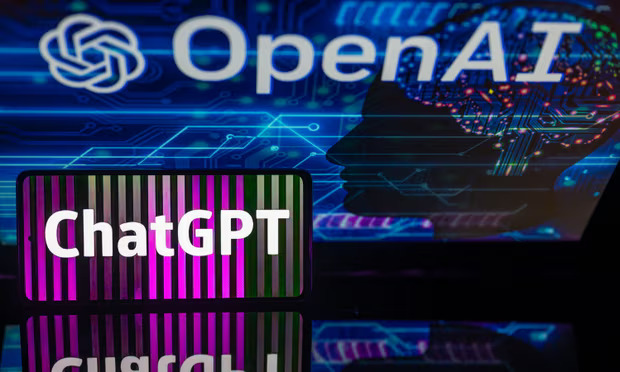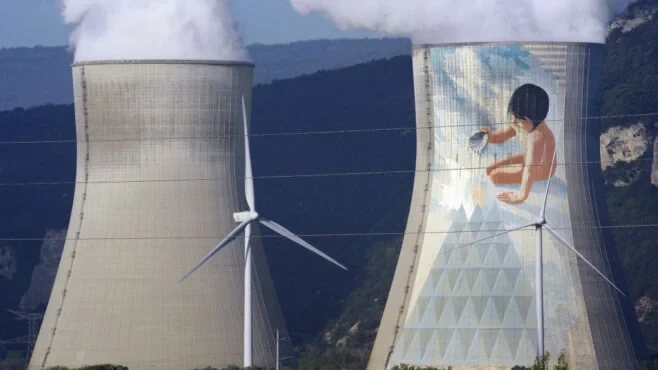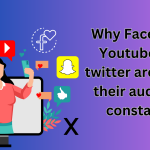Good morning! If you want to see how people feel about big tech investing in AI, look at the news that Google is planning to build at least six small nuclear reactors to support its growth.
On one hand, it shows a smart company using its power to invest in infrastructure that could really benefit the world. On the other hand, it raises concerns about a big corporation ignoring public worries in a rush to control a powerful technology that could potentially cause harm — leaving the rest of us with little say in how it develops.
Google is making this bold move because its data centers, which are essential for the rapid growth of generative AI, use a massive amount of electricity — more than what the current power grid in the US and other Western countries can provide. In today’s newsletter, I talked to tech journalist Chris Stokel-Walker, author of How AI Ate the World , about why the need for power is increasing so fast and whether we can trust big tech to manage the risks. Here are the main points.
These days, when people talk about “nuclear energy,” you might think of scary stuff like power plants blowing up, glowing waste, and protests.
But the truth is, nuclear energy’s reputation took a hit because of the disasters at Three Mile Island and Chernobyl back in the ’70s and ’80s. Those events were really bad, but they don’t show how safe nuclear energy actually is. In fact, it’s safer for people and the environment than a lot of other energy sources, even some renewable ones, even if figuring out where to put nuclear waste is still a challenge.
Now in 2024, some of the biggest tech companies in the world are getting ready to use nuclear power again — and the reason behind this is artificial intelligence (AI).
Which Companies Are Using Nuclear Power for AI Operations?
In the past 9-10 months, especially recently, Microsoft, Google, and Amazon have all announced big plans to buy, invest in, and help build new nuclear power plants. It’s no surprise that these three companies are the leading providers of cloud computing and storage, and they’re also major players in AI technology.
Here are some key AI-nuclear projects announced this year:
1.Google has teamed up with Kairos Powerto use small modular reactors (SMRs) for its AI data centers. This partnership aims to produce 500 megawatts of carbon-free power by 2035, as part of Google’s goal to run on 24/7 carbon-free energy by 2030. These advanced reactors are designed to be safer and align with Google’s sustainability efforts.

2.Microsoft plans to restart the Three Mile Island reactorin Pennsylvania by 2028, in partnership with Constellation Energy. This reactor will provide 835 megawatts of power for Microsoft’s data centers as AI energy needs grow. Microsoft is also exploring fusion energy with Helion Energy. Earlier this year, it was reported that Microsoft and OpenAI are working together on a massive AI supercomputer called “Stargate,” which will need 5 gigawatts of power — about the same amount that New York City uses regularly!
3.Amazon announced on October 16, 2024, that it has signed three new agreements to support nuclear energy development with SMRs. In Washington, they’re working with Energy Northwest to develop four SMRs that will produce 320 megawatts initially, with plans to increase to 960 megawatts. This project is expected to start supplying power to the Pacific Northwest in the 2030s. Amazon is also partnering with X-energy to develop over five gigawatts of nuclear power. Additionally, they’re exploring SMR projects with Dominion Energy in Virginia to add at least 300 megawatts. Amazon has already invested $650 million in a Pennsylvania data center that will be powered by nuclear energy, helping to preserve an older reactor and create jobs.
SMRs, mentioned in these deals, produce a maximum of 300 megawatts each and generate about 7.2 million kWh per day. They’re smaller than traditional reactors, which usually exceed 1,000 megawatts. Their modular design allows for easier production in factories rather than on-site. They use light water, liquid metal, or molten salt for cooling and have safety systems that require less operator intervention, making them simpler and reducing failure risks.
In Depth: Why AI Uses So Much Power — And What Big Tech Will Do to Get It

They might be called “small nuclear reactors,” but don’t underestimate them: the 500 megawatts Google is getting from Kairos Power is enough to power a midsize city. This amount of energy can only cover one data center campus that meets the growing demands of AI. For example, OpenAI wants the White House to approve building at least five data centers, each needing 5 gigawatts of power — ten times what Google is purchasing!
The rush for nuclear power is driven by the huge energy consumption of the graphics processing units (GPUs) that train the large language models essential for AI development. A single query to ChatGPT uses nearly ten times more electricity than a regular Google search.
“GPUs are more advanced and powerful than the older central processing units (CPUs) used in previous data centers,” says Chris Stokel-Walker. “So there’s more demand right away. Plus, we’re seeing huge ‘megaclusters’ of GPUs being built. It’s not just that the individual chips are getting bigger and needing more power; it’s also about gathering as many as possible to boost their combined power.”
How will AI's energy demands impact the future?
“It’s hard to estimate because companies aren’t very open about their power usage,” Chris explains. “But it’s clear that energy consumption in data centers will skyrocket as AI becomes integrated into everything we do.”
The increase is already significant: a decade ago, the average data center used 10 megawatts of power, but now it requires 100 megawatts. The largest can demand over 600 megawatts!
The Uptime Institute in New York, which has set industry standards for benchmarking, predicts that while AI currently accounts for just 2% of global data center power use, that number will jump to 10% by next year. “The growth in power consumption isn’t linear,” Chris adds. “Just like how we moved from big transistors in old TVs to energy-efficient flatscreens, data centers are becoming more efficient, but that doesn’t mean overall demand isn’t rising — it just means the increase is happening more slowly.”









